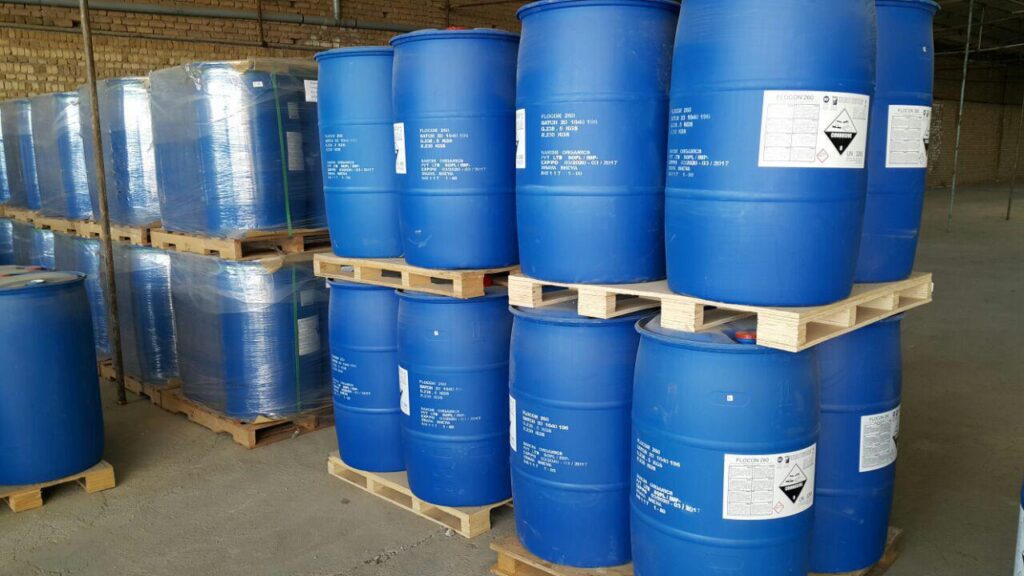
Benefits of using anti-scalant
We will first examine the advantages and properties of anti-scalants in industrial water treatment systems. In addition to preventing the formation of deposits on industrial water treatment membrane filters, anti-scalants have several advantages that are very effective in preventing the formation of deposits. Some of the most important properties and advantages of anti-scalants include:
1- pH stabilization: Increasing the pH of water increases the likelihood of deposit formation on membrane layers. This issue becomes more intense, especially in seawater where the likelihood of boron presence is high and it needs to be separated from water within a pH range of 9-11. Since the pH value should not change significantly, adding a buffering acid will not be effective, and only by using anti-scalant injection can this problem be solved.
2- LSI adjustment: The tendency of incoming water to deposit can be measured by LSI (Langlier Saturation Index). LSI is an important parameter for determining the conditions for anti-scalant injection. Membrane filter manufacturers consider an LSI value less than 1.8 necessary to maintain membrane filter warranty conditions. Therefore, whenever the LSI index of incoming water exceeds 1.8, adding acid reduces it below this threshold, and then anti-scalant is injected into the system to prevent calcium carbonate deposits.
The acid added at this stage is usually sulfuric acid or phosphoric acid. Phosphoric acid is preferred over sulfuric acid because sulfuric acid increases the likelihood of sulfate-based deposits.
3- Need for oxidizing agent removal: Most anti-scalants can be oxidized by oxidizing agents such as chlorine and bromine, which not only lose their properties but also cause fouling due to the disappearance of molecular structure due to biofouling (caused by microorganisms and large cellular polymers in incoming water) on membrane filters. Therefore, in industrial water treatment systems, these oxidizing agents must be removed from water in the pre-treatment section. For example, carbon filters are used to remove chlorine.
4- Environmental considerations of antiscalant: antiscalant cannot pass through the membrane due to its chemical structure. Therefore, even a small amount of this chemical does not enter the water produced from the device. From an environmental point of view, you should also be careful, this chemical solution comes out of the device’s effluent line, therefore, the minimum necessary amount of this substance should be injected into the industrial desalination system in the antiscalant injection line.
